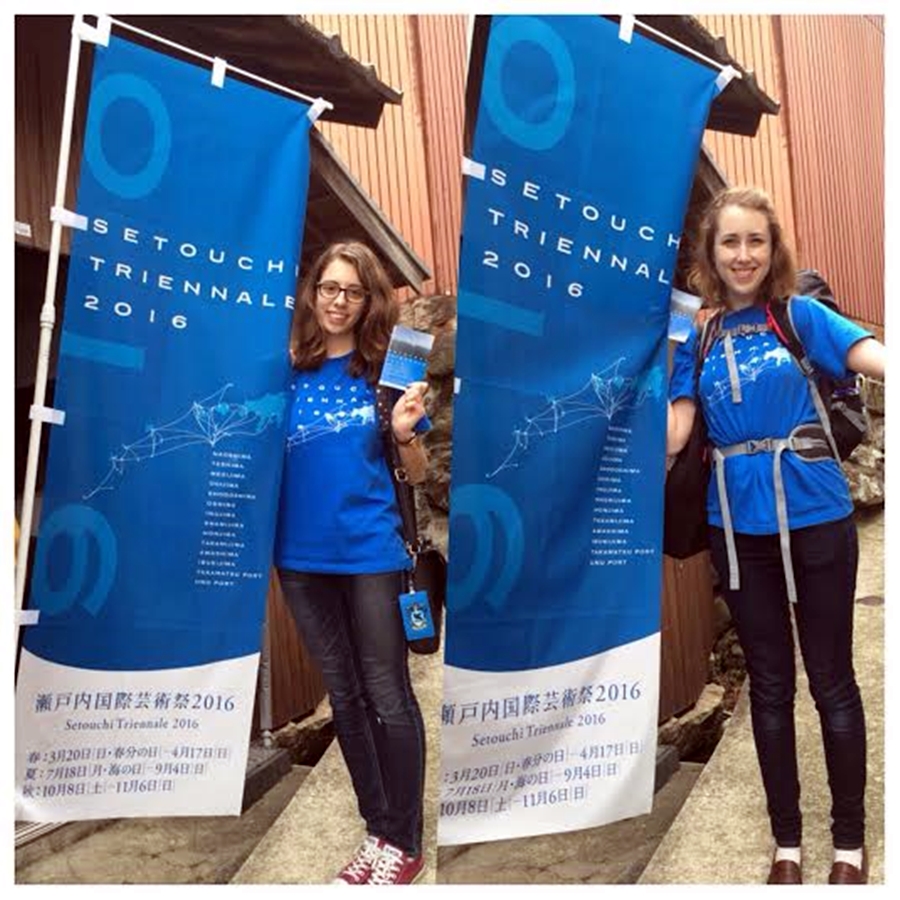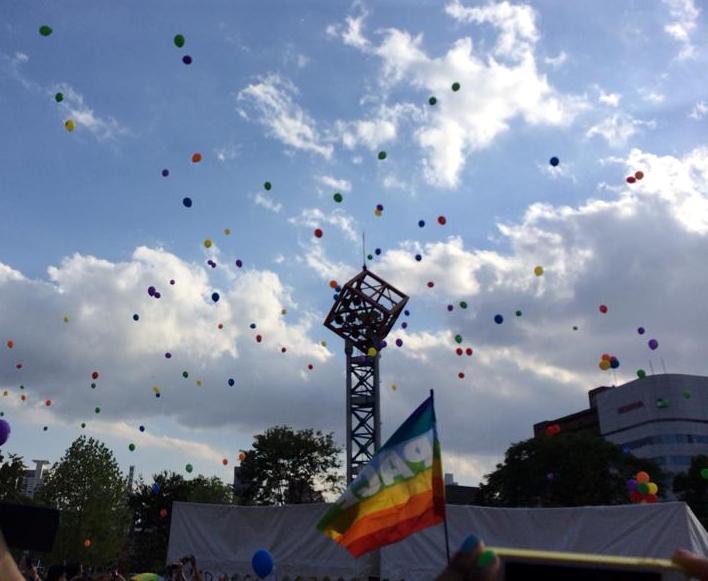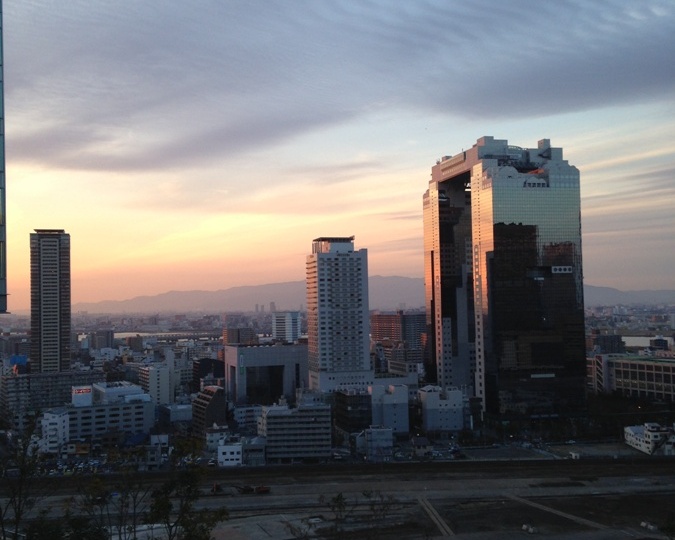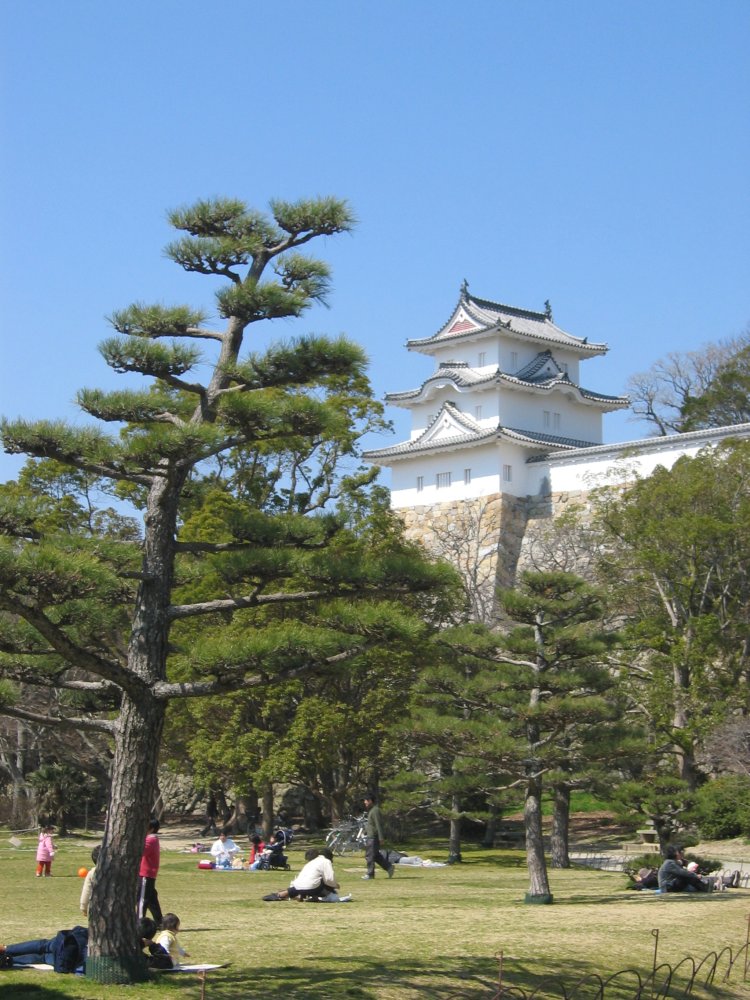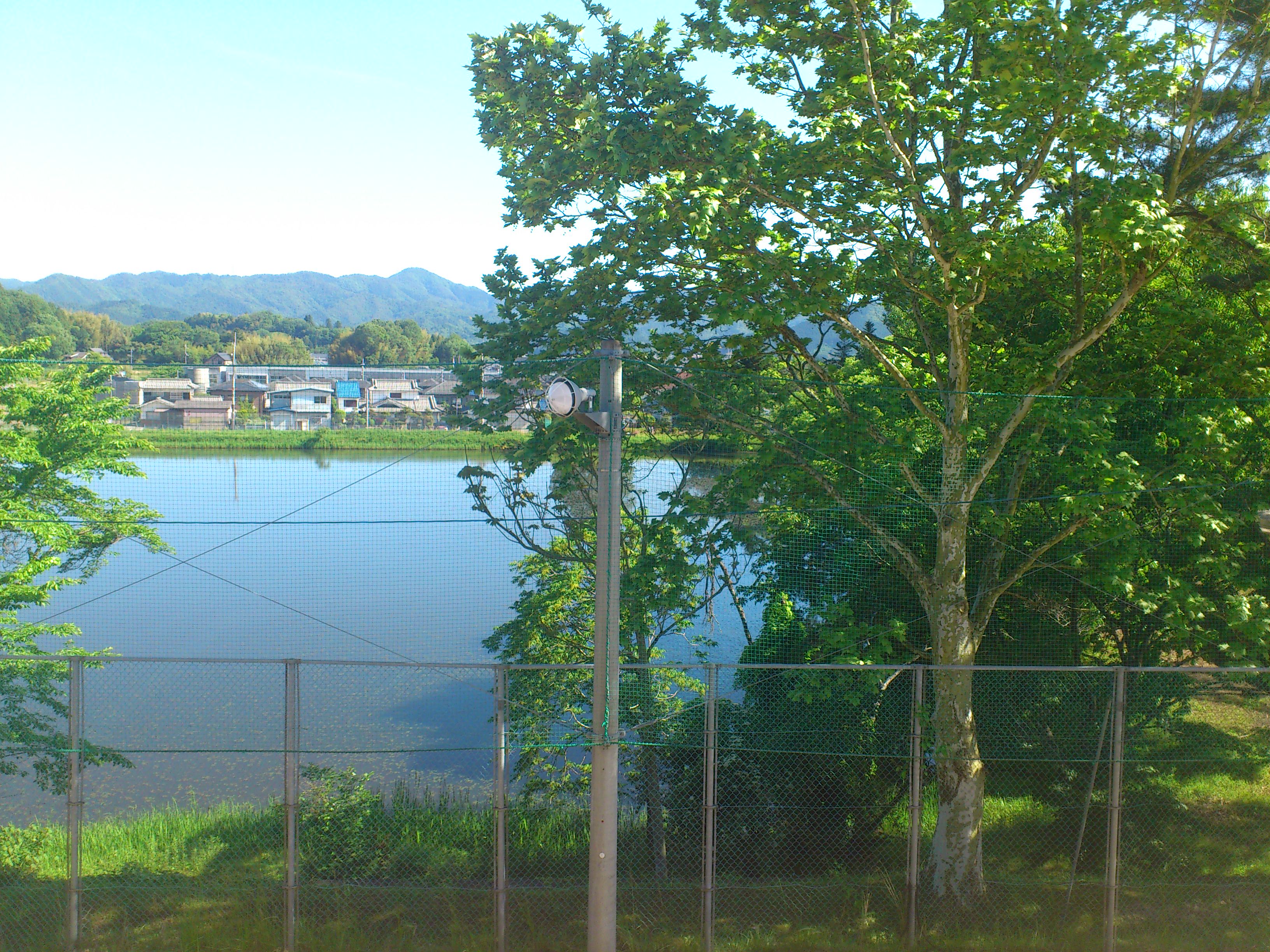Exhibit Review: All you need is Love
Next time you’re in the capital; don’t bother queuing for the Sky Tree to get the view. Head to the 53rd floor of the Roppongi Hills Mori Tower at sunset for a spectacular 360° view of the city (and the Sky Tree itself for that matter), then enjoy a decadent dinner with the best seats in the city at the Mado Lounge before perusing the latest exhibition at the Mori Art Museum.
All You Need is Love: From Chagall to Kusana and Hatsune Miku, which opened on the 26th of April, runs till the 1st of September.The Mori Art Museum’s 10th Anniversary Exhibition, which includes around 200 works varying from celebrated pieces of art history to new commissions, explores love in its myriad forms.
A primal desire, for humans love is the ultimate emotion and inspiration; dynamic, powerful, infinitely incomprehensible and sought for by all. Wandering through the artistic interpretations of love’s complexities at the MAM is a journey into both the most public, and the most personal, manifestations of love.
Divided into five sections, the exhibition first asks the impossible question: What is love? Before delving into romantic love, love in loss, familial love and love of mankind.
The first section – What is love? – examines the language and symbols we associate with love. The pieces begin to dissect the iconography we see every day. Of these, Sacred Heart, the exhibition’s poster piece, is a standout. Jeff Koons’ 3.5m stainless steel sculpture, reminiscent of an oversized valentine’s chocolate, highlights how our consumerist culture portrays love. Damien Hirst, meanwhile, connects love and death in his untitled piece which features real butterflies. Whilst the big name artists have an obvious draw, don’t forget to look out for the exhibit hidden away behind a curtain where you will be ‘possessed by love’, and the incredible voice-activated robot which recites poetry (Japanese) according to the pitch of the speaker’s voice.
Part two – A couple in love – focuses on romance and passion, and how they have evolved over time. It features well known pieces such as Auguste Rodin’s sculpture of a tragic couple in The Kiss, and Marc Chagall’s Above the Town, Vitebsk,depicting the artist himself floating through the air e

mbracing his wife. An over-18s room throws light on historic representations of passion in Japan, with several graphic printing blocks portraying kagema (young male prostitutes often dressed as girls) copulating with obscenely well-endowed gentlemen. Of a rather different tone was Gohar Dashti’s poignant series Today’s Life and War; photos of a newlywed couple doggedly going about their everyday life in the midst of a fictionalized battlefield show how war diffuses into all aspects of modern society.
From romance we move swiftly and painfully to Love in Losing. The most memorable piece here was from French artist Sophie Calle, who persuaded dozens of women to share their interpretations of a painful break up e-mail. The variety and emotional charge of the renderings in the installation (from a parrot to a ballet dancer) were overwhelming. In the same section, another room is dedicated to a rather different reaction to loss; in his video installation, Iraqi born, Finland based artist Adel Abidin suggests 52 ways to keep a woman’s love and therefore avoid the pain of heartbreak.The advice ranges from the sweet to the laughable and the potentially offensive.

Family and Love explores the most innate of loves, familial love. We experience the artists’ respective portrayals of the complex relationships of the most intimate community. From David Hockney’s simple and nostalgic, My Parents, to Japanese artist Asada Masahi’s amusing photographic tableaux showing his family acting out different scenarios, from the ramen shop to power rangers, this section is diverse and personal. Now, you might think it incongruous to find a photographic study of a Japanese sex doll amidst the many displays of familial affection, but Laurie Simmons’

The Love Doll demonstrates the changing mechanics of family. The chronological series re-appropriates the overtly sexual nature of the doll, rendering her one of the family by cataloguing the developing relationship between doll and artist. The voyeuristic portraits of the doll in de-sexualised situations in the family home have a feeling of undisturbed innocence which is both disturbing and touching.
Finally, Love Beyond is a collection which looks at how technological advancements change our conceptions of love, as well as love on a global scale. Visually dramatic, Kusama
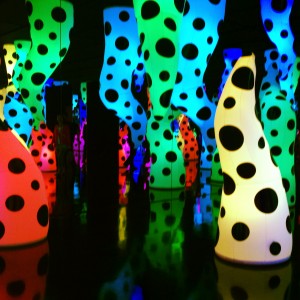
Yayoi’s Love is Calling is a psychedelic sculpture room from Japan’s most famous contemporary artist, dominated by her signature polka dot pattern. Appropriately placed in the exhibition is the last piece, Final Home, by Tsumura Kosuke. In light of recent disasters in Japan, the self-titled ‘philosophical fashion’ designer fills his survival jackets (which are made almost entirely of pockets to be filled with insulation/padding/useful items in case of emergency) with a variety of symbolic materials. Appropriately the jacket ‘filled with love’ is stuffed with flyers for the exhibition itself.
As you leave the gallery, the overwhelming feeling is that love, in all its complexities, is to be found everywhere; it transcends all disappointment and conflict to unite us as a species.
The anniversary exhibition brings together an incredibly eclectic selection of pieces from across the world. Despite all the different works being under the umbrella theme of love, combining them into one body of work does result in some rather sharp shifts in tone. But the gentle jarring of the exhibition’s continuity makes it feel all the more like love itself; bewildering and thought provoking, a little mad, and utterly mesmerizing.
Charlotte Griffiths
http://www.mori.art.museum/english/contents/love/about/index.html
The Mori Art Museum, Roppongi Hills
26th April – 1st September
Opening hours – 10:00–22:00 (Tue: 10:00–17:00)
Adult: ¥1,500, University / High school student: ¥1,000, Child (4 years to Junior high school student): ¥500 (includes access to Tokyo City View observation deck)

